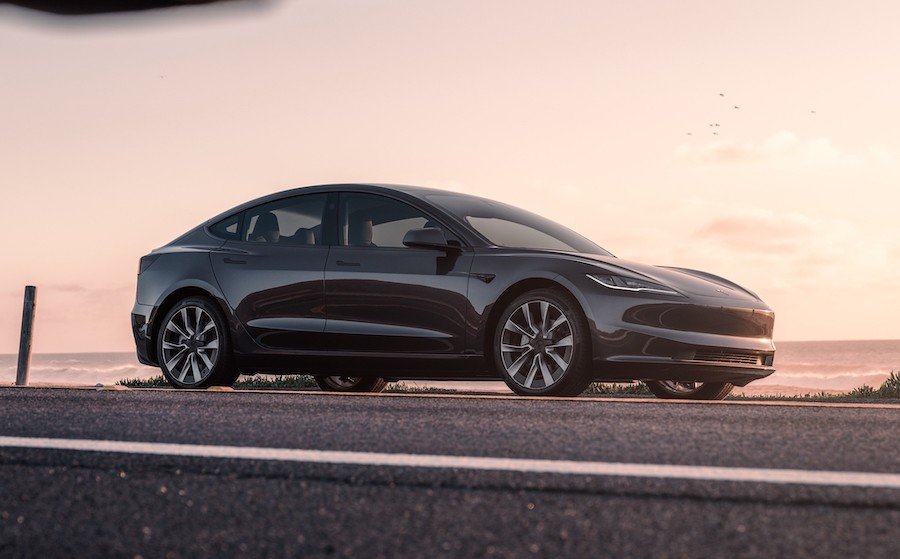Tesla Stops Model 3 Highland Deliveries in Australia Over Compliance Breach

The rules breach was discovered a week ago, and Tesla said it would need a few weeks to comply.
Tesla Model 3 Highland has been a constant presence in the news for the past year, mostly for good reasons. People appreciate the fresh design and the new features, even though the revamped Model 3 keeps the old Gen-2 architecture mostly unchanged. There were a few complaints about the missing stalks in the new model, but, believe it or not, this was not Model 3's most significant downside.
Instead, the electric sedan came into regulators' crosshairs after it was discovered it lacked a top-tether point for the rear middle seat. As minor as this might seem, it contravenes the Australian Design Rules (ADR), which is why the Department of Infrastructure, Transport, Regional Development, Communications and the Arts opened an investigation into the matter.
More specifically, the ADR mandates that any rear seat with a seatbelt must be fitted with easily accessible top-tether points. Although the old Model 3 complied, the revamped model doesn't feature a top-tether point for the rear middle seat. This might sound like a non-issue, but since the middle seat has been deemed the safest place to install a child seat, parents insist on using it.
The funny thing is that the car body does have a middle top tether point under the parcel shelf, but it's not accessible via a plastic flap like the outboard anchor points. In theory, Tesla could replace the parcel shelf with one that has the necessary flap to access the middle anchor point. Still, it could also choose to re-certify the Model 3 in Australia as a four-seater to go around this rule. That would be a mistake, though, as people would still use the middle seat without a seatbelt, putting themselves in danger.
One week after we covered this issue, it was brought to Tesla's attention either by the local regulators or the media. Tesla acknowledged it and announced it would stop deliveries of the refreshed Model 3 in Australia until the matter is settled, one way or another. Tesla has already notified the affected customers of delays, which might take weeks, depending on how fast it works with regulators to clear the issues.
This compliance matter has already cost Tesla the ANCAP rating for Model 3. After the story broke on January 9, the Australian safety body chose to pull the rating until the problems were solved. It's unclear how Tesla will do that. In 2022, the BYD Atto 3 was subject to the same technical compliance issue. BYD solved it by cutting the seat carpet to make the middle anchor point accessible. However, Honda chose to re-classify the HR-V as a four-seater because providing a middle anchor point for a child seat was deemed too costly.
Related News
